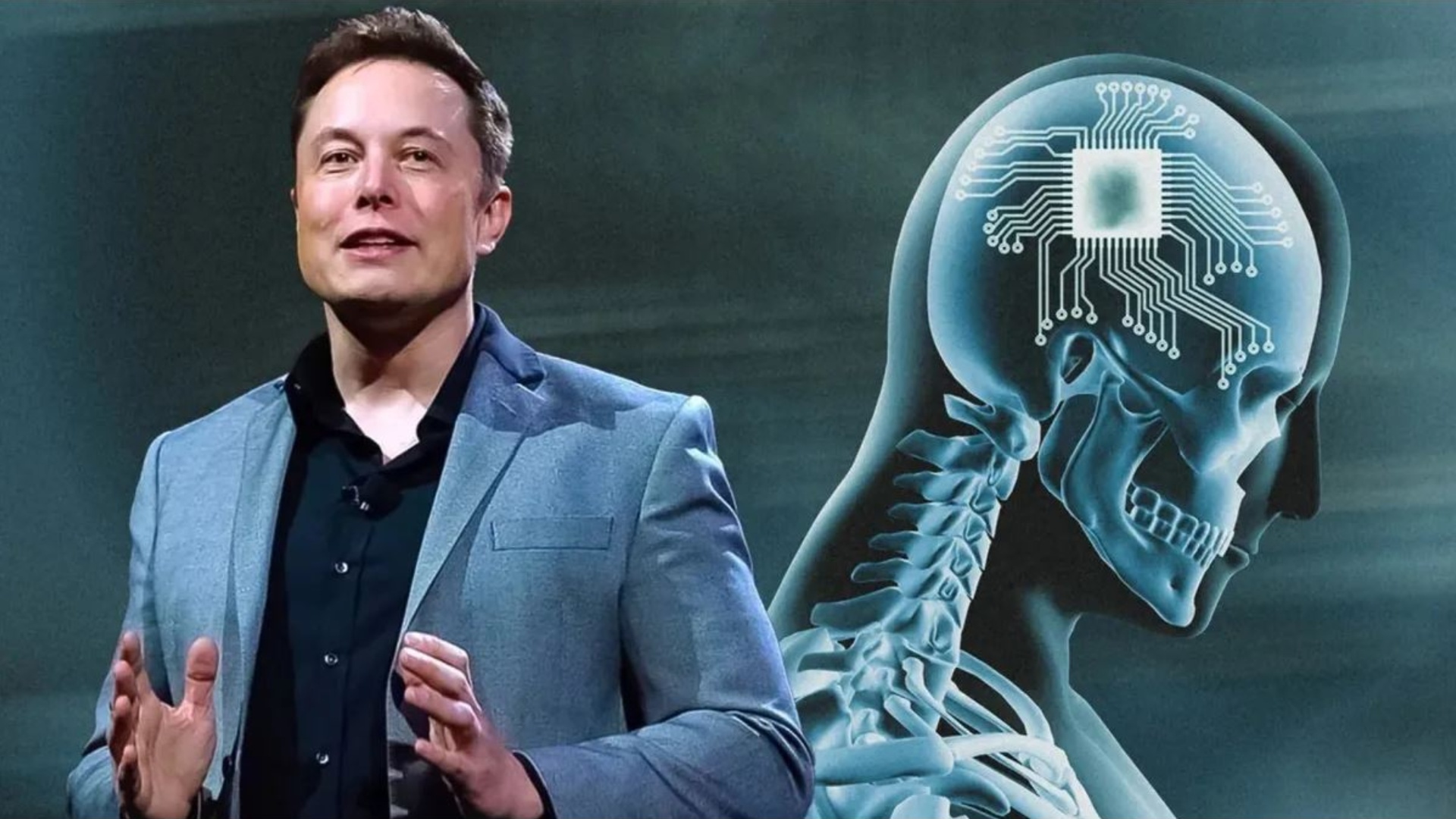Neuralink is a neurotechnology company founded by Elon Musk in 2016. The company is developing implantable brain-computer interfaces (BCIs) that can be used to treat neurological conditions, restore sensory and motor function, and augment human capabilities.
What Are Neuralink’s BCIs?
Neuralink’s BCIs are made up of tiny threads (thinner than a human hair) that are inserted into the brain tissue. These threads are connected to a chip that reads and transmits brain activity. The chip can then be used to send signals to other devices, such as computers or prosthetic limbs.

Potential Applications
Neuralink’s technology is still in its early stages of development, but it has the potential to revolutionize the way we treat neurological conditions and interact with the world around us. Some of the potential applications of Neuralink’s technology include:
- Restoring sight and hearing to people who have lost these senses
- Helping people with paralysis to move and communicate again
- Enhancing human memory and cognitive abilities
- Allowing people to control computers and other devices directly with their thoughts
Ethical Concerns
There are also some ethical concerns about Neuralink’s technology. Some people worry that it could be used to create a class of superhumans, or that it could be used to hack into people’s brains and control their thoughts. It is important to carefully consider these ethical concerns before developing and using this technology.
Human Trial
Neuralink performed its first human trial, implanting their brain-computer interface (BCI) device in a participant on January 28th, 2024. Here are some key details:
Trial Name and Focus:
- The trial is called the PRIME Study, which stands for Precise Robotically Implanted Brain-Computer Interface.
- Its primary focus is to assess the safety and initial functionality of the BCI for individuals with paralysis, specifically those with quadriplegia due to cervical spinal cord injury or amyotrophic lateral sclerosis (ALS).
Participant and Early Results:
- The identity of the first participant hasn’t been publicly disclosed.
- However, Elon Musk, Neuralink’s founder, reported on Twitter that the patient is “recovering well” and that “initial results show promising neuron spike detection,” indicating the device is successfully recording brain activity.
Trial Progress and Timeline:
- The PRIME Study is expected to span around six years, with an 18-month primary study phase involving nine at-home and in-person check-ins and twice-weekly BCI research sessions.
- It’s important to note that this is still the very early stages, and it will likely be a while before we see major breakthroughs or applications.
Ethical Considerations and Concerns:
- As with any groundbreaking technology, Neuralink’s BCI raises ethical concerns regarding issues like data privacy, security, potential misuse, and the creation of a technological divide.
Predicting the Commercial Availability and Cost of Neuralink
Predicting Neuralink’s availability and costs is not wholly possible as of now due to the following factors:
- Early Stage Development: Neuralink’s technology is still in its early stages of clinical trials. Demonstrating safety and efficacy takes time, and unforeseen hurdles can arise.
- Regulatory Hurdles: Gaining regulatory approval for implantable brain-computer interfaces is complex and involves rigorous safety and ethical evaluations.
- Ethical Concerns: Public and scientific discussions regarding potential misuse, data privacy, and accessibility need to be addressed before widespread adoption.
- Manufacturing and Cost Factors: Producing miniaturized, biocompatible devices with high-speed data transmission capabilities might present manufacturing challenges, impacting cost.
- Target Market and Pricing: Determining the primary target market (medical, personal enhancement, etc.) will influence pricing strategies.
However, considering potential scenarios and current estimates, here’s a tentative exploration:
Commercial Availability:
- Optimistic Scenario: 5-10 years, assuming successful clinical trials, regulatory approvals, and ethical consensus.
- Realistic Scenario: 10-15 years, considering the complexities involved.
Cost:
- Initial Estimates: Neuralink CEO Elon Musk mentioned a ~$10,000 target price, but this might be an early estimate without considering manufacturing costs and potential healthcare premiums.
- Realistic Range: Initial versions could cost $50,000-$100,000 due to advanced technology and limited availability. Prices might decrease with wider adoption and manufacturing advancements.
Key Factors Affecting Affordability:
- Healthcare Coverage: Inclusion in insurance plans could significantly reduce costs for patients.
- Subsidies: Governments or organizations might subsidize access for specific use cases, like restoring lost functions.
- Alternative Versions: Neuralink might develop simpler, less expensive versions for broader accessibility.




